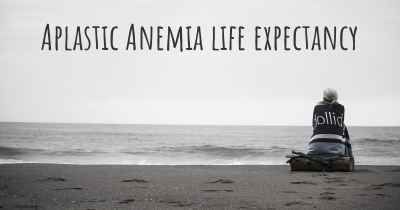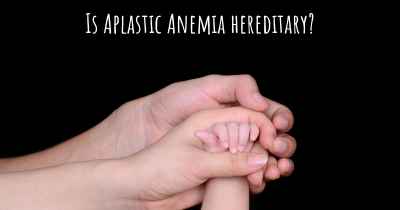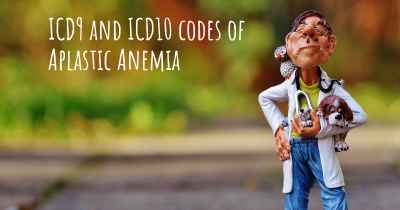What is the history of Aplastic Anemia?
When was Aplastic Anemia discovered? What is the story of this discovery? Was it coincidence or not?

Aplastic anemia is a rare and serious blood disorder that affects the bone marrow, resulting in a decrease in the production of all types of blood cells. It was first described in medical literature in the late 19th century, but its true understanding and treatment have evolved significantly over time.
The history of aplastic anemia can be traced back to the late 1800s when physicians began to observe patients with a peculiar set of symptoms, including fatigue, weakness, and increased susceptibility to infections. These patients also had low levels of red blood cells, white blood cells, and platelets in their blood. However, it wasn't until the early 20th century that the term "aplastic anemia" was coined to describe this condition.
During the early years of research, the cause of aplastic anemia remained largely unknown. Some theories suggested a viral or bacterial infection as the underlying cause, while others believed it to be an autoimmune disorder. However, it wasn't until the mid-20th century that significant advancements were made in understanding the disease.
In the 1950s, researchers discovered that exposure to certain chemicals, such as benzene and radiation, could lead to aplastic anemia. This finding provided valuable insights into the potential causes of the disease. Additionally, advancements in bone marrow transplantation techniques in the 1960s and 1970s offered a potential cure for aplastic anemia.
One of the most significant breakthroughs in the history of aplastic anemia came in the 1980s with the introduction of immunosuppressive therapy. Researchers found that by suppressing the immune system, they could halt the destruction of bone marrow cells and allow for their regeneration. This discovery revolutionized the treatment of aplastic anemia and offered new hope to patients.
Over the years, further research has shed light on the genetic and molecular basis of aplastic anemia. In the late 20th century and early 21st century, scientists identified specific genetic mutations associated with the disease, such as mutations in genes involved in DNA repair and immune regulation.
Today, the treatment of aplastic anemia has significantly improved compared to its early days. Immunosuppressive therapy, bone marrow transplantation, and supportive care measures have become standard treatment options. Ongoing research continues to explore new therapeutic approaches, including the use of novel drugs and gene therapy.
In conclusion, the history of aplastic anemia spans over a century, with significant advancements in understanding its causes and treatment. From the initial recognition of its symptoms to the discovery of immunosuppressive therapy, researchers and clinicians have made remarkable progress in combating this rare blood disorder.
Posted Aug 16, 2017 by John 2150








